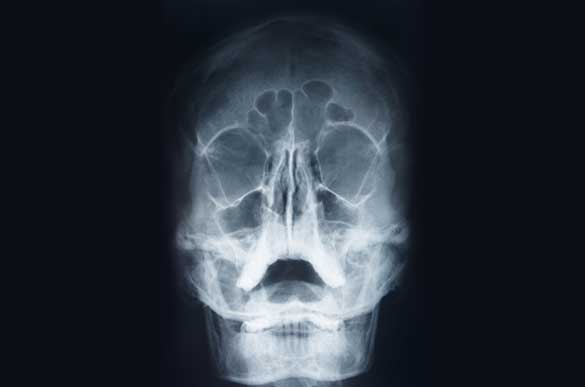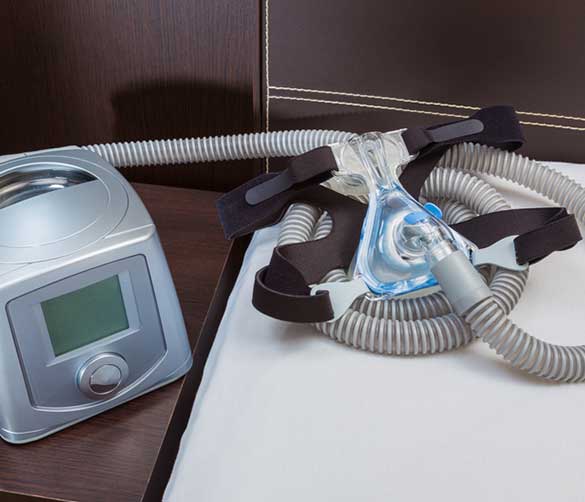
Nearly 40 million adults in the United States experience snoring on a regular basis.
Occurring more frequently in men and individuals with excess weight, snoring is a common condition that can affect anyone at any age. It’s often more of an annoyance for sleeping partners than the actual snorer. However, snoring can reach a point where treatment is required if it:
- Affects sleep patterns
- Contributes to daytime drowsiness and respiratory issues
- Places added strain on the heart
- Presents other potential health risks
Managing Allergies Better
Snoring is sometimes caused by allergies for sufferers who find it difficult to breathe through their nose because of congestion. Breathing may become so difficult that mouth breathing is preferable. This may cause incoming air to collide with the soft palate and produce snoring sounds. When allergies are the suspected cause of snoring, improvements may be seen by:
- Making more of an effort to avoid allergy triggers, especially if they include certain types of bedding materials
- Rinsing and cleaning nasal passages before bed
- Getting a more accurate diagnosis of allergy causes so treatment can be more effective


Checking for Structural Issues
X-rays, CT scans, and other image tests may be done to check for structural issues that could be contributing to recurring snoring problems. A deviated septum, cleft palate, enlarged adenoids, and narrow air passageways are all possible abnormalities that may create a perfect environment for snoring to occur. Correcting structural issues like these usually provides relief, as long as there are no other issues that may be contributing to noisy breathing patterns.
Continuous Positive Airway Pressure (CPAP)
With CPAP, a mask is worn over the mouth or nose while sleeping. Pressurized air is administered via a bedside pump to keep airways open. It’s often recommended for patients whose snoring is related to obstructive sleep apnea (OSA), which occurs when throat muscles relax and block the airway when sleeping. It can take some time to get used to using the required equipment, although CPAP is considered reliable and effective for many patients.
Upper Airway Surgery
When airway narrowing is the cause of snoring, an ENT doctor may recommend surgery to open the upper airway to allow for a more productive flow of air when sleeping. Excess tissue is trimmed with a procedure known as uvulopalatopharyngoplasty (UPPP). The upper and lower jaw is moved forward when maxillomandibular advancement (MMA) is performed. Soft palate, tongue, or nose tissue is reduced with a less-invasive procedure called radiofrequency ablation (RFA) that uses heat generated from low-intensity radiofrequency signals. Hypoglossal nerve stimulation is a newer procedure that targets the nerve that controls certain tongue movements to prevent air blockage.
If an ear, nose, and throat specialist does not find any structural issues that may be contributing to snoring, lifestyle adjustments are often helpful. For some individuals, this means making an effort to maintain a normal sleep schedule. Other patients may see improvements after losing weight, quitting smoking, avoiding alcohol at bedtime, using mouth guards, or changing sleep positions. White noise machines or a fan near the bed may provide some relief for sleeping partners who might be affected indirectly by snoring.


